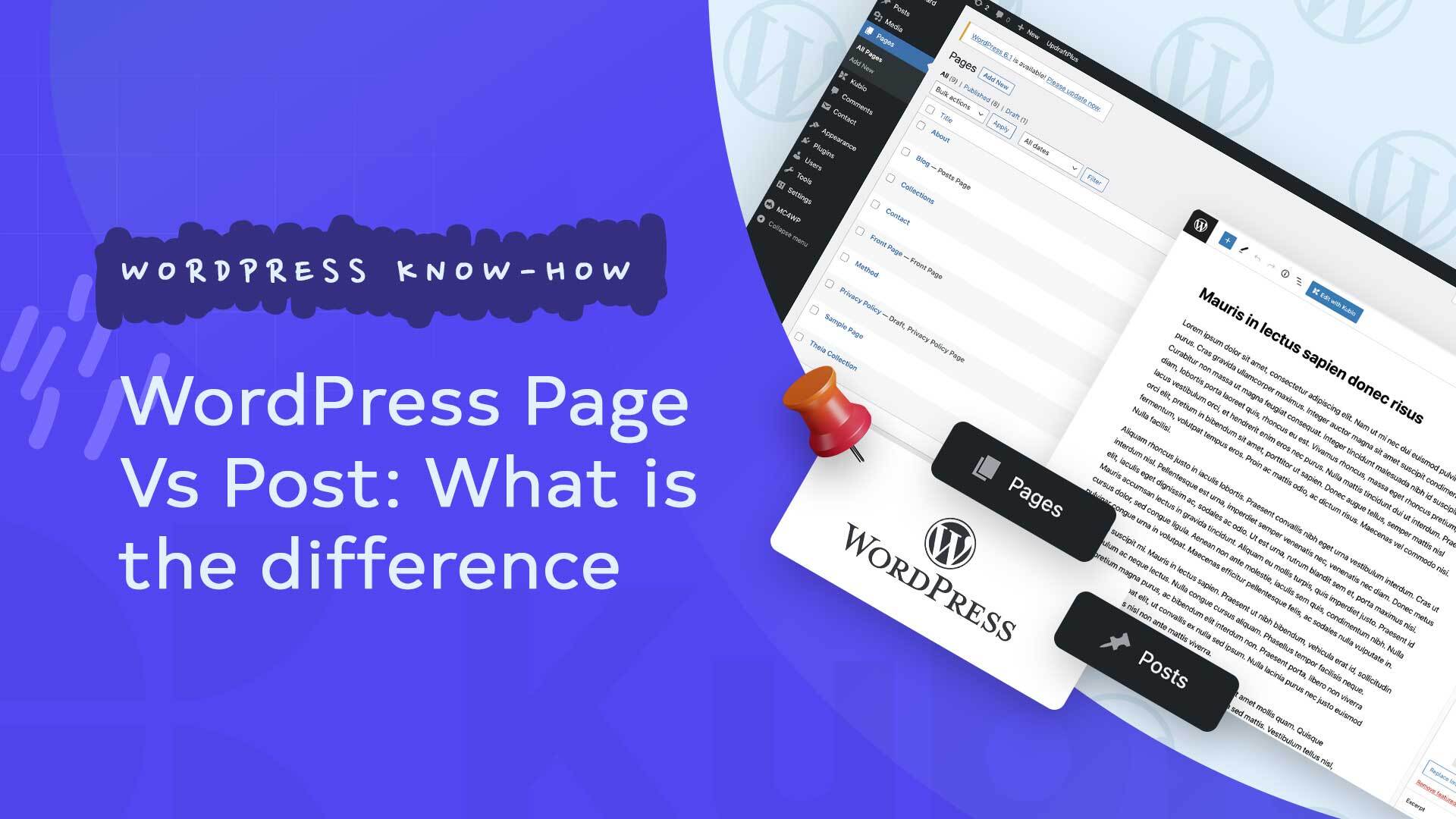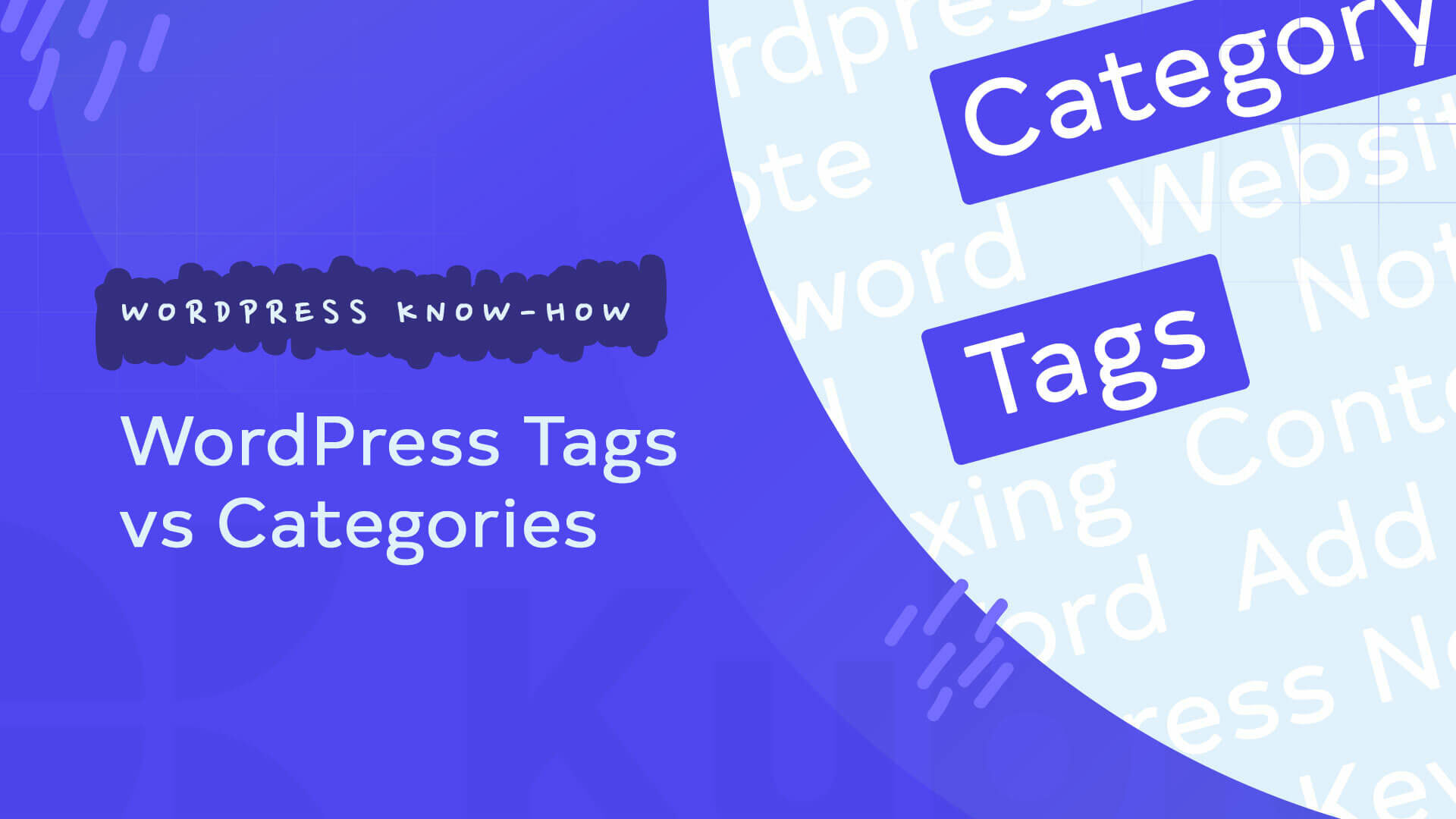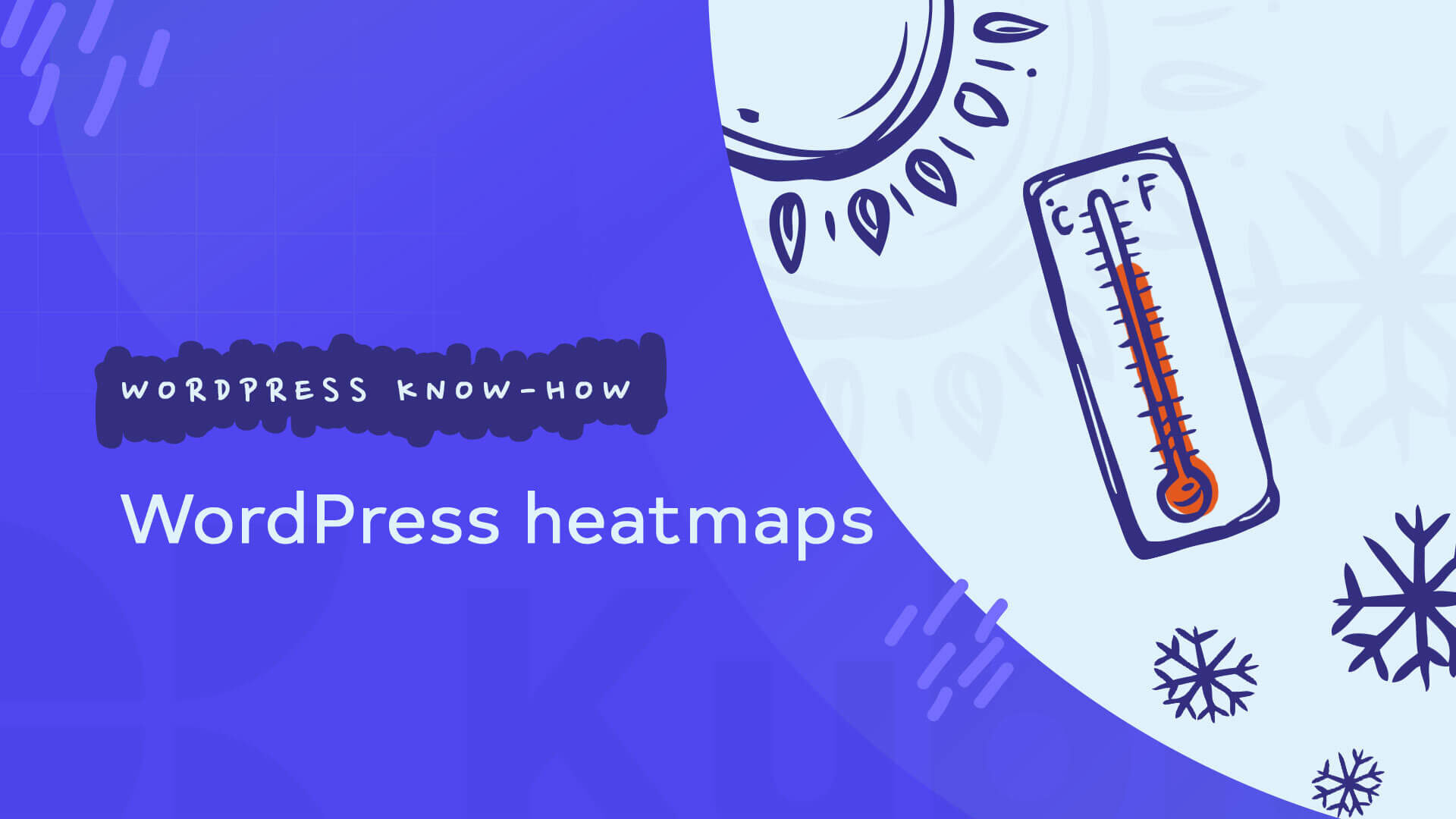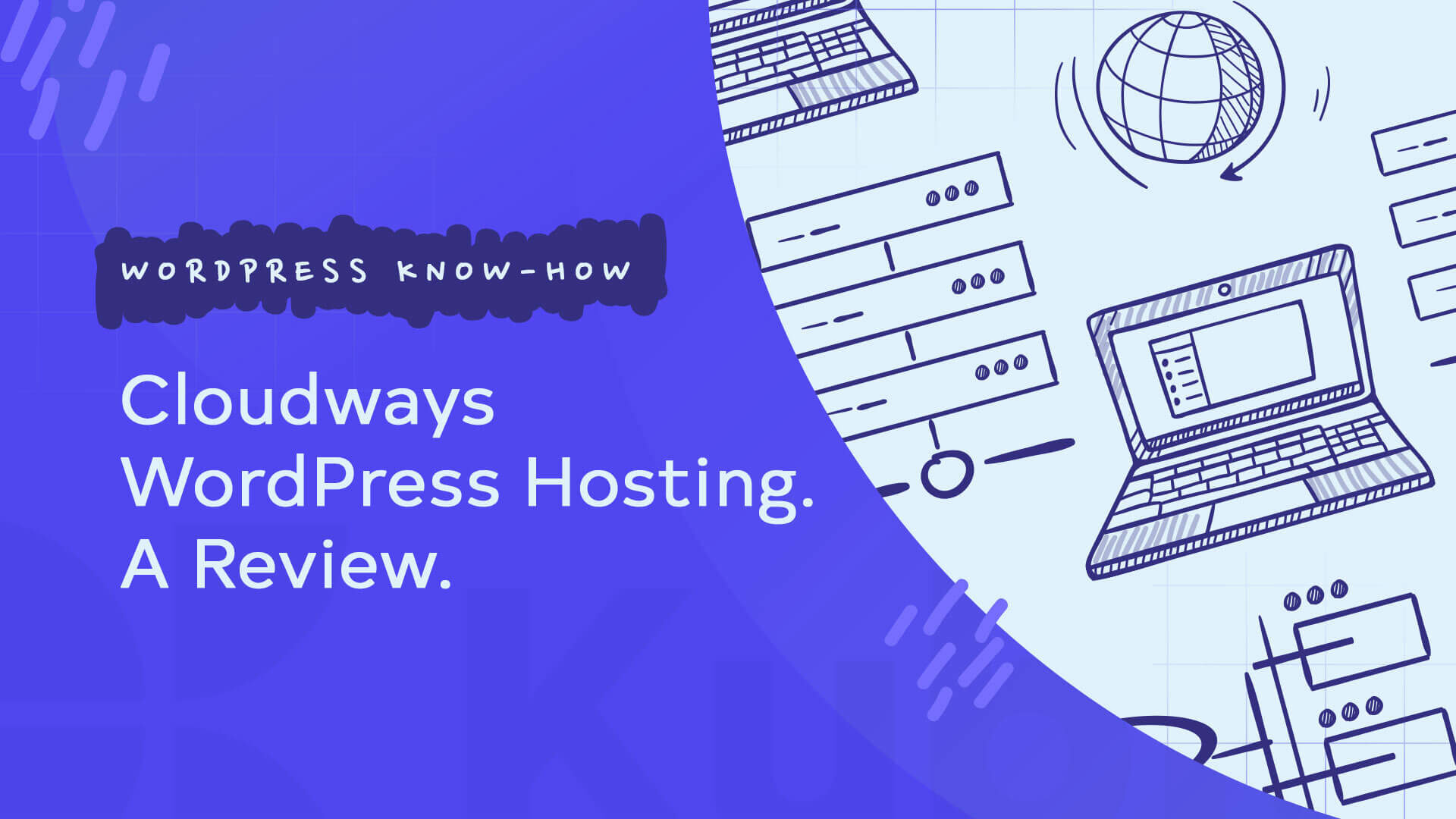In this article, we will talk about the differences between posts and pages in WordPress. If you need to learn the difference, you can read this article to the end. Let’s find out more in the following article.
When someone is just learning WordPress, it’s normal not to know much about the difference between a post and a page. Both are pages that we can build on popular CMS websites. At first glance, it looks the same, but the purpose is different.
For more details, we will discuss this post and page topic, starting with the meaning, function, and differences between the two WordPress setups. Let’s see what is the difference between a post and a page in WordPress and how you can use them both.
What is the difference between a post vs page in WordPress
A post is a piece of content that is updated regularly. In other words, a post is a traditional blog or website post where you say more about business, product, service, features. A website generally has a large number of articles. The article you are reading includes a post from our own blog.
The WordPress posts are similar to pages and they use the same editor to create them. Inside of a post you can easily include images, text, media and many other elements that you can create content with. But you must know something about these posts – they are built for timely content. This is the main reason that they are so useful for blogs.
We recommend that you use blog posts for news, updates, or content that can be used to describe your products/services, business.
In a website, there can be more than 1 post that writes a post. A post in WordPress has different formats like standard, video, sound, quote etc.
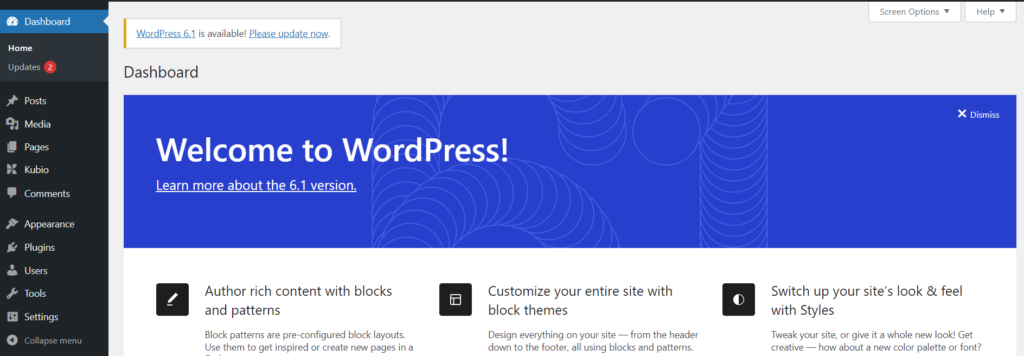
Date and time of publication
With the posts, it makes sense to think about the date and time of publication, as this is almost always displayed and should be adapted to the reading behavior of the visitor. Conveniently, you can also use it to “backdate” or plan posts in advance.
Categories and keywords (tags)
In order to divide posts into “subject areas”, you should work with categories (required) and tags (optional). This helps the visitors of your website to find their way around and to get to the desired information quickly. In another post we have already explained what categories and keywords are and what you should consider when choosing .

The abstract
Depending on the Web design (theme) used, you can write an excerpt of your text that will be displayed in the preview or, depending on the theme, in another location. This is useful to arouse the readers’ interest in further articles and to animate them to continue reading.
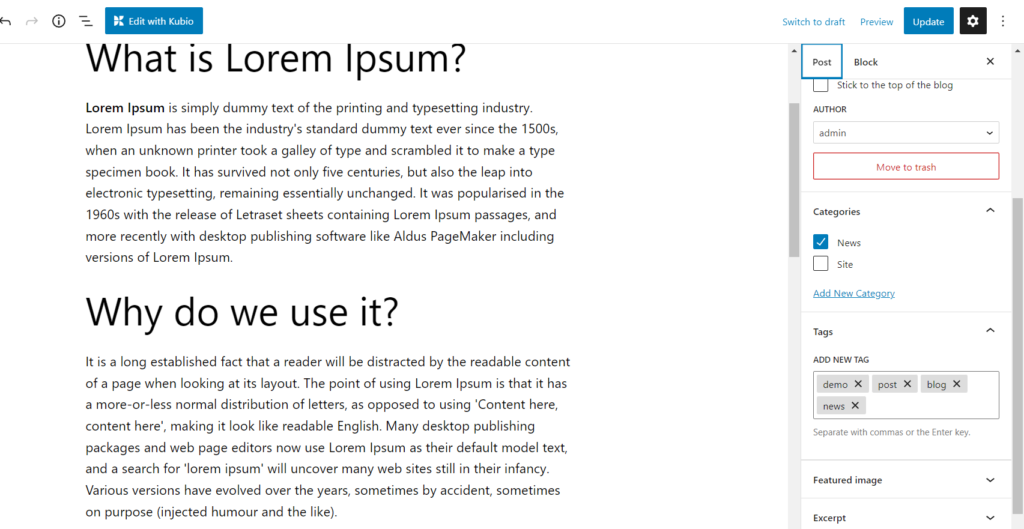
Summary
Once you’ve dealt with the differences, the decision as to which content to go for ‘pages’ or ‘posts’ comes naturally.
Then what is the function of posts on a WordPress site? Now, if we need to break down the functionality of WordPress posts, here are some of them:
- To regularly update the content of the website
- As content to support a niche or company theme
- As a feature, you can use it for content marketing campaigns
- Tools for creating content aimed at social engagement
A page is a static page on a website that is meant to present static information for the users. A page is content that is timeless or not tied to time. This one page or piece of content is also rarely changed, which is why it is called a static page.
A website owner typically uses WordPress pages to create About, Contact Us, Privacy Policy pages, and others. Unlike post, you won’t find any formatting options when creating a page.
If you are somehow familiar with WordPress or any website that is visible to public, then we are sure that you have interacted with a page.
Some differences between a post and a page are the following:
- The pages are used mainly for static content.
- They are by default, not allowing comments.
Pages are hierarchical, you can define the attributes of a static page. Is it a standalone page or a subpage of an existing one?
If we have to write it down, here are some of the features of a WordPress site.
How to create a static page that is a full website (Example: About , Contact and others)
Tools for creating timeless content
You can use it to create front pages and other custom pages. Many WordPress themes support advanced customization of a page
5 main differences between posts and pages in WordPress
To make the difference between Post and Page easier to understand, we can highlight these two features in some technical aspects as follows:
By timeline
All posts on your WordPress site are displayed chronologically from newest to oldest. The publication time of a post (date to time) is recorded and displayed on the post. As a result, a post may expire.
Unlike a page, a WordPress page does not display the creation date. Content in the form of static pages will continue to be relevant over time, but may continue to be updated as necessary.

One or more pages are not displayed in chronological order, you must direct website visitors to these pages by navigating in the form of links. May use links in menus or other places.
After property
By default, the WordPress system will display the contributor account name on a post. If the post was written by someone else, the name displayed will also be different. Users can find archives of all posts by each author.
Unfortunately we can not see the same on a page in WordPress . The WordPress static page does not show which account or user created it. Even if another admin changes and updates the page, the change notes cannot appear on the page unless the admin writes them down.
After settings
Above we explained that a post has a choice of formats. If you don’t change it, the post will appear in the default format. However, if you want to create a new post that includes a quote, you can change it to “quote”. Likewise for other formats.
In addition, we can also embed categories and tags (Tags) in a WordPress post. This makes it easier for users to find related posts on a site.
Meanwhile, a page can only be arranged in one hierarchy. If the WordPress theme supports it, you can also set a template from this page.
After engagement
The difference between posts and pages in WordPress can also be seen in the engagement that can be generated. Since the purpose of posts as content is to generate social engagement, you can add social media sharing buttons to your WordPress posts.
That being said, it’s not impossible to add a share button on a page, it’s just that static pages generally don’t have the uniqueness of getting other people to share them on their social media.
Based on availability in RSS feed
When you submit a new post in WordPress, it is immediately available in the RSS feed. Readers can see new articles entering the RSS feed without opening your website. This is a technology generally available in the website update subscription feature via email.
Unlike post, a page is not available in the RSS feed. To view a page, visitors must search for it through a specific navigation on the site. If you don’t provide navigation, it will be difficult to find the page.
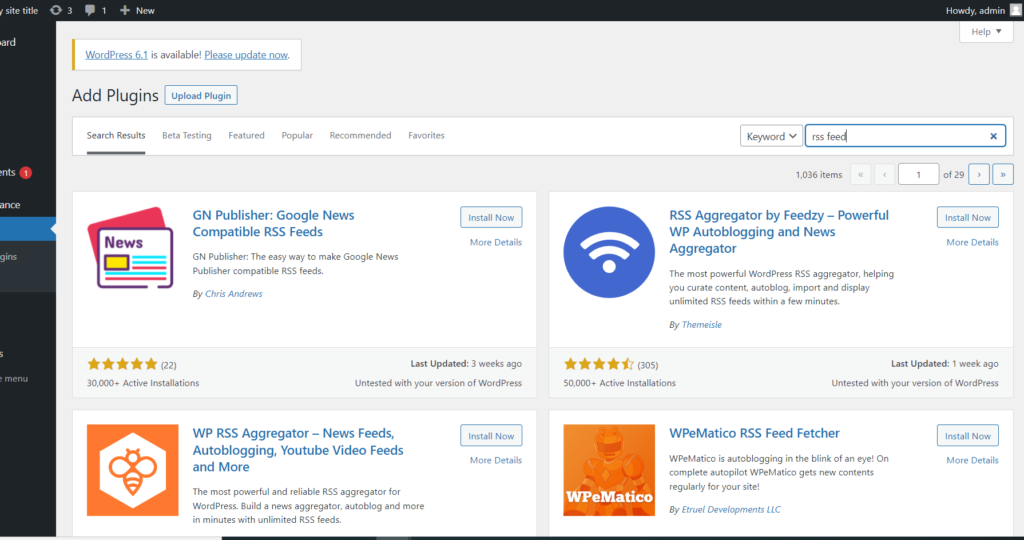
In principle, of course, it is about the form of the respective content. Pages are designed so that we publish more static content on them, which can then be accessed from several corners of our blog and which hardly cause any changes.
Example: one often uses a page when creating an imprint, but such pages can also be used for overviews. For example, I put my list of blog directories or the overview of WordPress themes on just such sites.
In contrast, posts, i.e. articles, are more intended for dynamic content. So they always appear first on our blog, which is generally one of the essential features of a blog.
Publish post or page in WordPress
You can publish posts and pages immediately. You can also plan both and specify the desired date and time. In principle, it is possible to backdate the publication. For pages, it makes no sense to specify an earlier date. For posts, you should only access them in an emergency.
Accidentally published your draft? No panic. You can fix the issue immediately by switching back to draft or choosing a future release date.
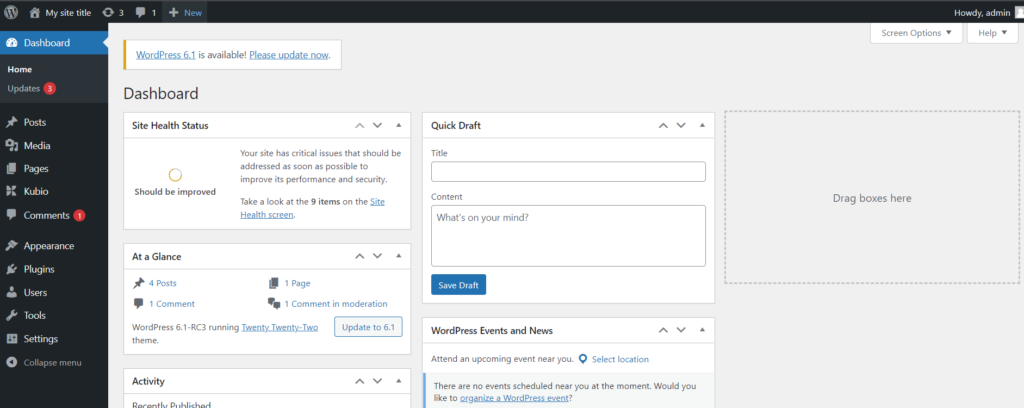
Posts show the date, author, category, and tag. Where this information is displayed depends on the theme. For pages, only the page title is displayed. To change that you need a plugin.
Well, after all the explanations above, it’s not difficult to differentiate posts and pages on WordPress, is it?
Oh yeah, if you have a WordPress powered website, don’t forget to also perform regular WordPress maintenance tasks to keep your website performing at its best.
How to change a post into a page in WordPress
From time to time you may want to change the post type in WordPress.
You might be creating a blog post and realize that the content you’ve been writing should be published as a page. While you probably know the difference between pages and posts very well, we can all get carried away at times and choose an inappropriate post type for our content. Instead of starting over too, you can just change the post type.
The easiest way to get around this is to install the Post Type Switcher plugin. You can use it to edit individual posts or do bulk editing.
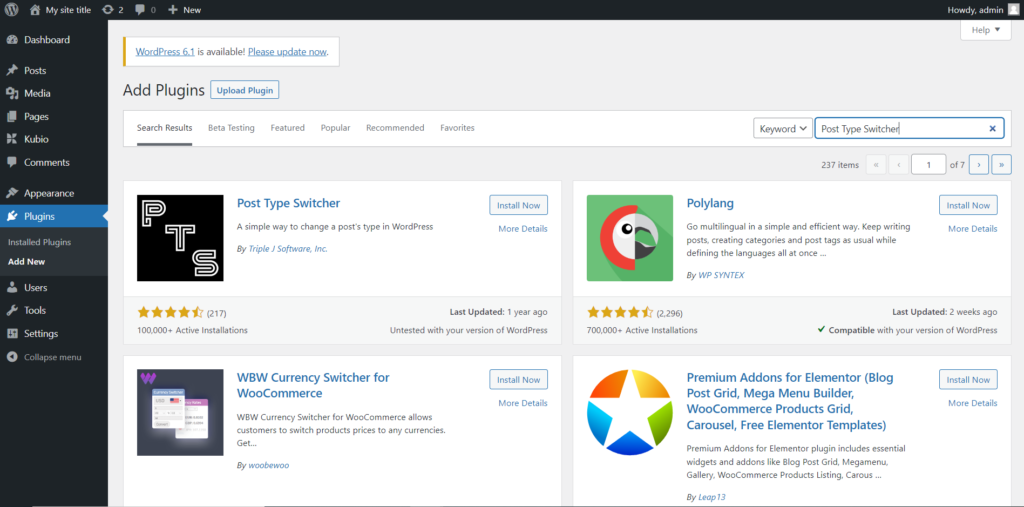
Post Type Switcher is the most popular plugin of its kind. It’s lightweight, easy to use, and allows you to convert pages to posts, posts to pages, as well as change posts to custom post types and vice versa. You can use it before or after publishing content.
If you want to change the type of a post already published on your site, open that post and look for the Post Type option on the right side of the screen.
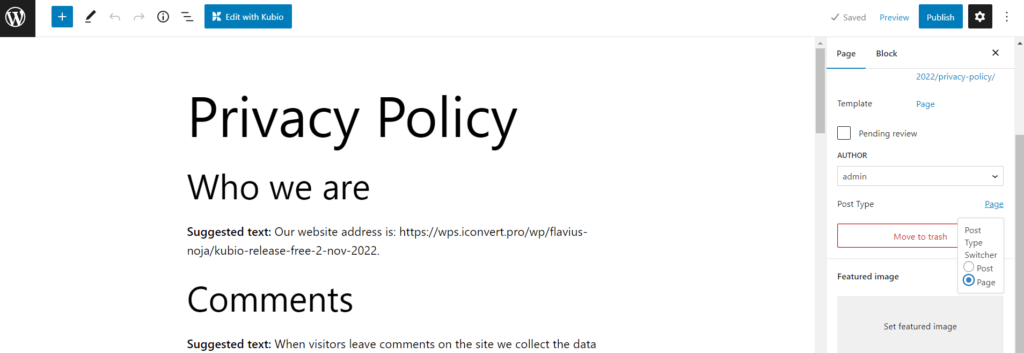
Conclusion of this article
Both posts and pages are important in a WordPress powered website. Although we can create a website with just a few pages, posts play an important role in marketing and educating the audience.
Using the right posts and pages makes a WordPress site look professional. If the site is a corporate site, it will certainly have a good impact on the corporate image.
Feel free to check other articles about WordPress on our blog or check our videos on our Youtube Channel.


